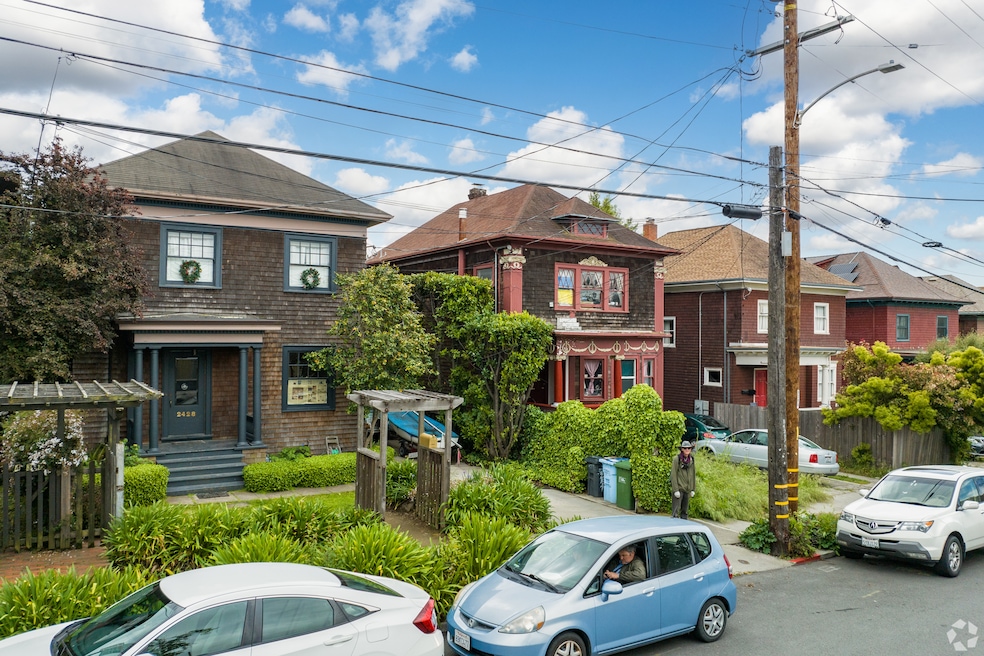Berkeley, California, grabbed national attention more than a century ago by becoming the first U.S. city to adopt single-family zoning. Now, the Bay Area municipality is in the housing spotlight again, joining other cities around the country overturning the regulations in a growing push to combat shortages and spur multifamily development.
The local city council was on the cusp of approving plans last month to eliminate most of the city's single-family zoning district, which covers a substantial part of the city and limits development to one house per lot, a city spokesperson told CoStar News, until a vote on the measure was delayed due to a procedural matter. But local officials expect the council to pass it in October.
The move reflects a nationwide shortage of housing that has prompted a number of large U.S. cities to end single-family zoning, moves that can benefit the development of apartments. Minneapolis made the change in 2020 and Portland, Oregon, joined the trend in 2022.
The goal for some cities ending the zoning is to build duplexes, triplexes and sometimes fourplexes in areas where previously only one residence was allowed per lot, all without dramatically altering a neighborhood's physical appearance.
Some opponents say the regulations make it harder for less affluent individuals to move into certain areas.
“I’m not proud that Berkeley was the first city in the U.S. to pass single-family zoning,” Berkeley Mayor Jesse Arreguin said at the city council’s meeting last month discussing the matter. “We see the outcomes to this day in racial disparities perpetuated by exclusionary zoning.”
Taller Apartment Buildings
Berkeley, like other U.S. cities, is dealing with a local housing crunch, and it tweaked local zoning codes last year to allow for the construction of taller multifamily developments near the University of California, Berkeley, campus, potentially adding thousands of units.
Rising rents and housing shortages have made affordability challenging for renters in the largest U.S. metropolitan areas.
Across the country, there are 4.3 million apartment units needed by 2035 to address the shortages, according to the National Apartment Association.
A few of Berkeley's hilly areas at risk of wildfires may retain the single-family designation. Otherwise, the plans call for its one-house limit to be replaced with a cap on housing density per acre that will make it possible for developers to build small apartment buildings in the soon-to-be formerly exclusive single-family neighborhoods.
City Planning Director Jordan Klein told the council last month that there's a lack of owner interest in redeveloping properties and the city is likely to only "see a trickle of new projects” if single-family zoning is ended.
State Laws
Berkeley faces a state mandate to build 9,000 new homes by 2031 and eliminating single-family zoning can help the city meet that goal. The city has the capacity to build 15,000 new houses before it is built out, Stefan Elgstrand, an assistant to Berkeley Mayor Jesse Arreguin, told CoStar News.
California technically ended single-family zoning statewide when Gov. Gavin Newsom passed legislation in 2022 that enabled single-family properties to be subdivided to allow up to four new houses on lots where only one was previously permitted. However, the law has resulted in limited new development thus far and has faced legal challenges from local governments.
Elgstrand said Berkeley city leaders started working toward an end to single-family zoning in 2017 and viewed the 2022 legislation as in step with that goal. The state law only applies to cities that have single-family zoning, so it won't apply to Berkeley if the council votes in October as expected.
The city’s single-family policy went into effect in some neighborhoods in 1916 before other U.S. cities had such zoning, Elgstrand said. The policy, first implemented in the Elmwood area near the UC Berkeley campus, was later extended to large parts of the city’s northeast and southeast and had the effect of pushing less affluent people to more crowded sections to the west and south, according to a report from nonprofit news site Berkeleyside.
Berkeley's population rebounded faster than many other parts of the Bay Area after the onset of the COVID-19 pandemic, largely because of UC students returning to campus. The university had 45,000 enrolled students in the fall of 2023.
Once single-family zoning is mostly outlawed in October, 10 houses will be allowed per acre, meaning a typical 5,000-square-lot would have room for one residence. But larger lots could potentially accommodate more units. Other zoning districts are expected to be changed to allow a housing density of 20 houses per acre.

